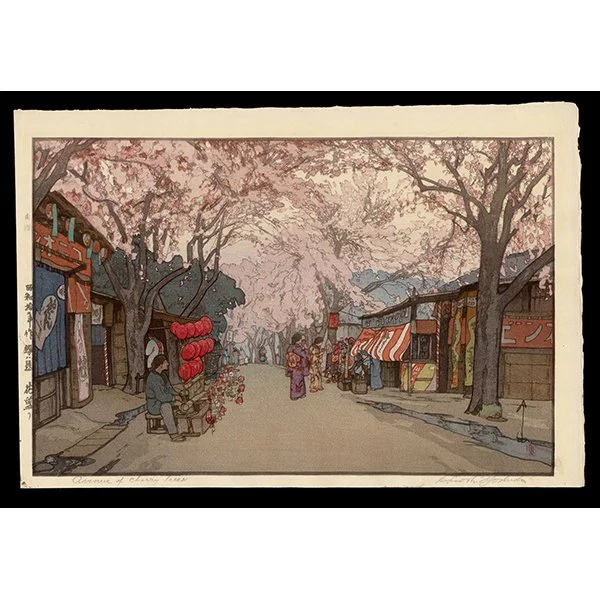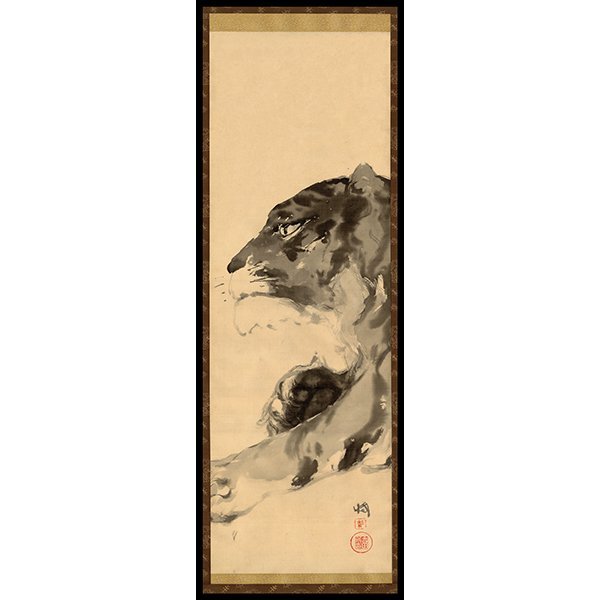Details
It is said: eventually, every artist working in Japan, particularly printmakers, must take up the challenge of capturing Mt. Fuji. Hiroshi Yoshida produced over a dozen designs that featured this important subject, “Fujiyama, First Light of Dawn” is the artist’s largest attempt at the subject and part of a handful of prints executed in an exceedingly large, oversized format.
In this design, the artist provides a picturesque view of a towering snowcapped Mt. Fuji in dazzling realism. Yoshida’s use of light throughout the composition is masterful, as it filters throughout the design carrying hues of pink and orange in the surrounding atmosphere while a soft mist lifts across the entire landscape. The greenish-brown marsh in the foreground effectively showcases the light trailing in from the right side of the composition, while the morning light is also captured in the stillness of the small pond.
Connoisseur's Note
This impression is an excellent example of the design. Exhibiting fresh, untouched colors, the print looks like it could have been created today. This print features Yoshida’s red jizuri seal, as well as a brush signature, indicating it was produced under his strict supervision. The artist commented on the difficulty of producing larger scale designs, as both carving and printing required great efforts. The original higher sale price reflected the demanding production costs, which kept the yield at less than 30 impressions—a surprisingly low number—as compared to the thousands of impressions executed for each of his regular-sized works. As a result, this design is among the rarest prints produced by the artist.
More prints by Hiroshi Yoshida:







